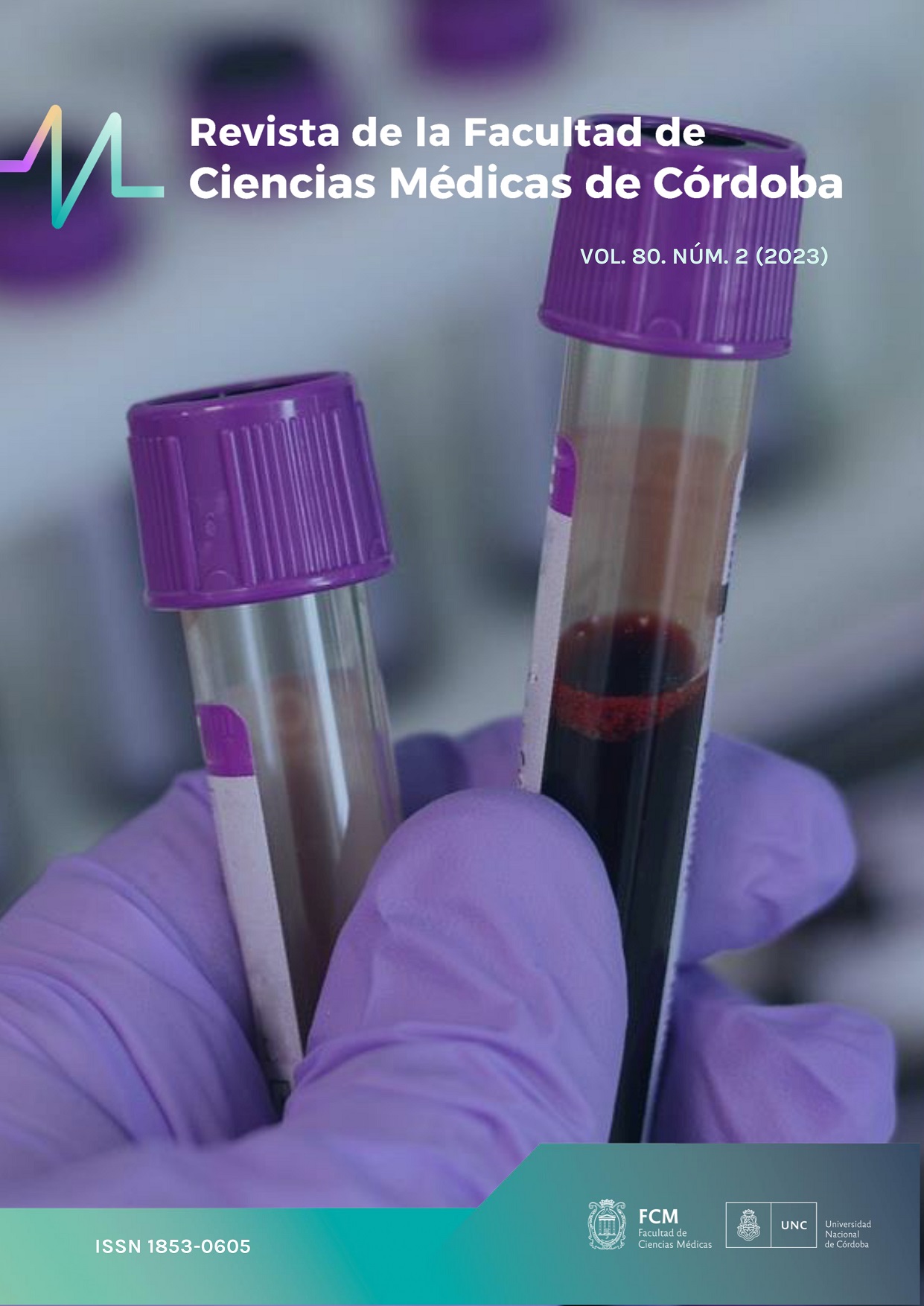Description and analysis of the performance of the smoking cessation program of the university’s health insurance (DASPU) in the time period between January 2017 and May 2019
Keywords:
evaluation smoking cessation programAbstract
Title: Description and analysis of the performance of the smoking cessation program of the university’s health insurance (DASPU) in the time period between January 2017 and May 2019.
Introduction: The health insurance (DASPU) offers an engaging program for people who wish to quit smoking. Said program is based on a comprehensive health care strategy promoted by DASPU, fulfilling the responsibility of bringing forth areas of prevention for common chronic illnesses.
Objective: Describe and analyze the performance of the smoking cessation program of the health insurance in the time period between 2017-2019
Materials and methods: The primary data source used were the records designed (ad hoc) for the program with the objective of realizing future evaluations. The variables used correspond to two units of analysis: a) the program and b) the patient
The variables related to the patient are:
Sex
Age
Pack-year index
Type of treatment (varenicline, bupropion, nicotine, non-pharmacological, conduct cognitive therapy)
Smoking cessation rate
For all the variables the methodology used was quantitative and descriptive, while for the analysis of the program’s efficacy the cessation rate expressed in percentage was used.
Results: The percentage increase of professionals trained in this period was 50%, 92% of them completed all the records; the number of patients increased from 6-217.
Of all the patients 52% are women, the average age in years was 48.5 (59:21); the median pack-year index was 28.5(96:6); 23(10.6%) of patients used bupropion, 94(43.3%) used varenicline, 30 (13.8%) used nicotine, 47 (21.6%) used a combination of drugs and 23 (10.6%) were approached with a non-pharmacological approach. The cessation rate was 18%.
Conclusion: The program’s performance reaches the proposed objectives, the cessation rate achieved acceptable values for a program that started recently, it’ necessary to reinforce some of the follow-up actions with patients, the economical and quality of life benefits can be measured from here on forward.
Downloads
Additional Files
Published
Issue
Section
License
Copyright (c) 2019 Universidad Nacional de Córdoba

This work is licensed under a Creative Commons Attribution-NonCommercial 4.0 International License.
The generation of derivative works is allowed as long as it is not done for commercial purposes. The original work may not be used for commercial purposes.



